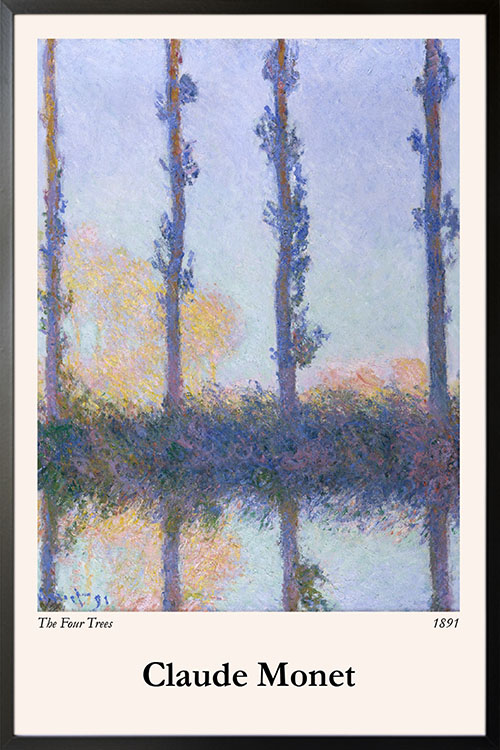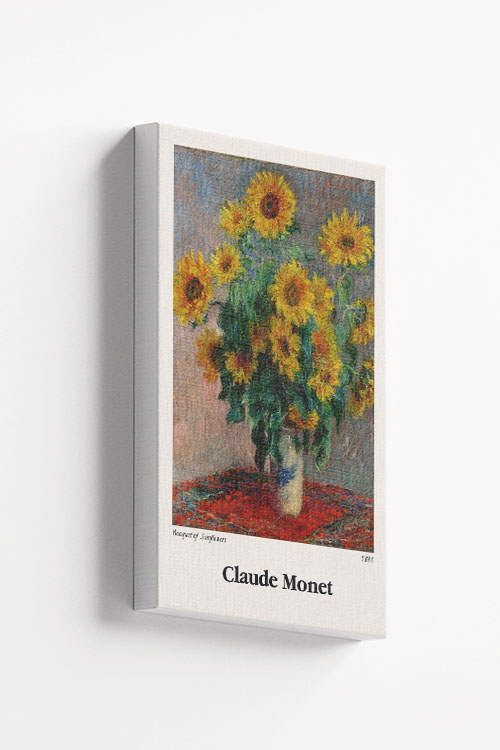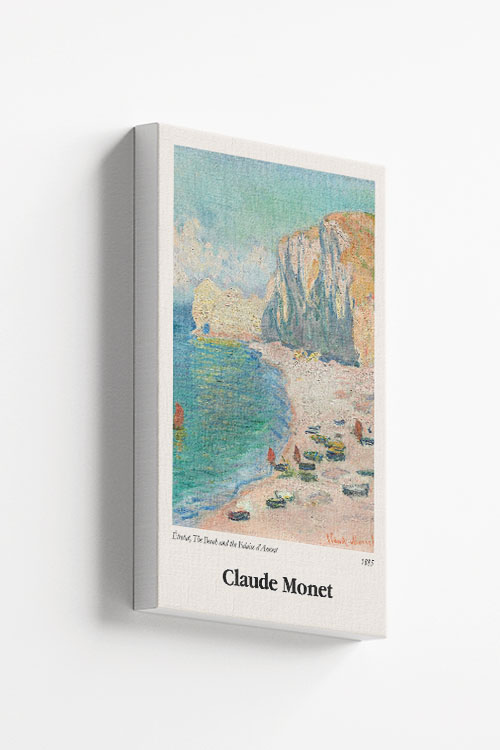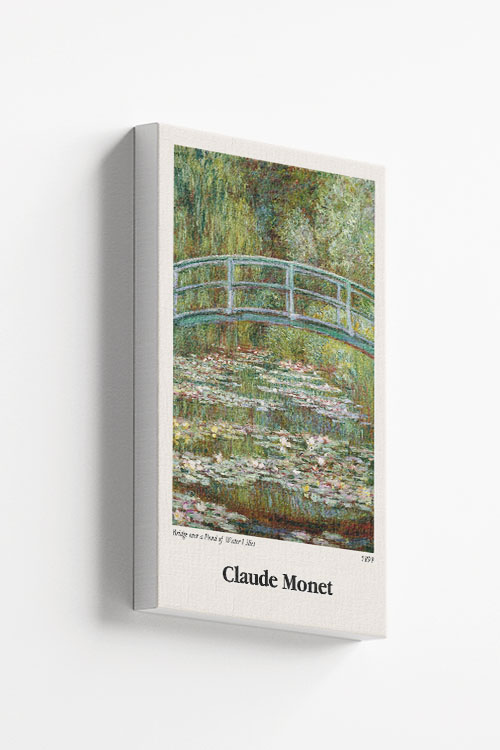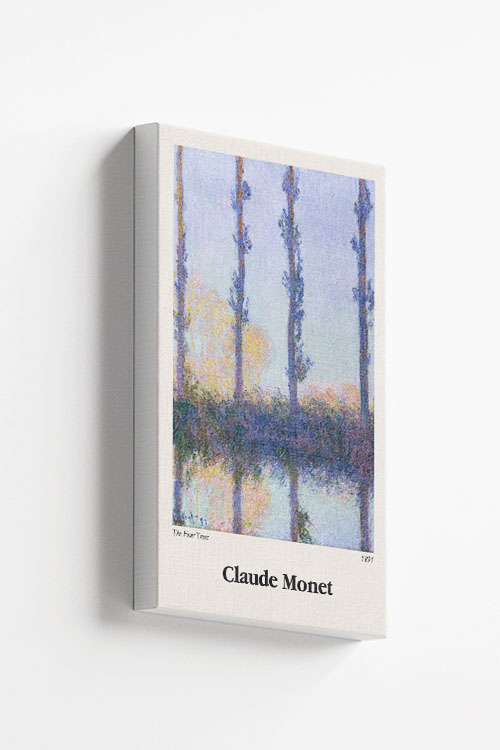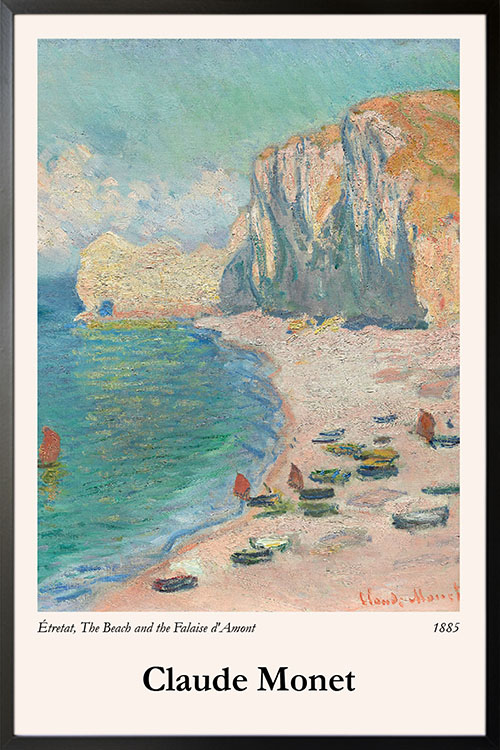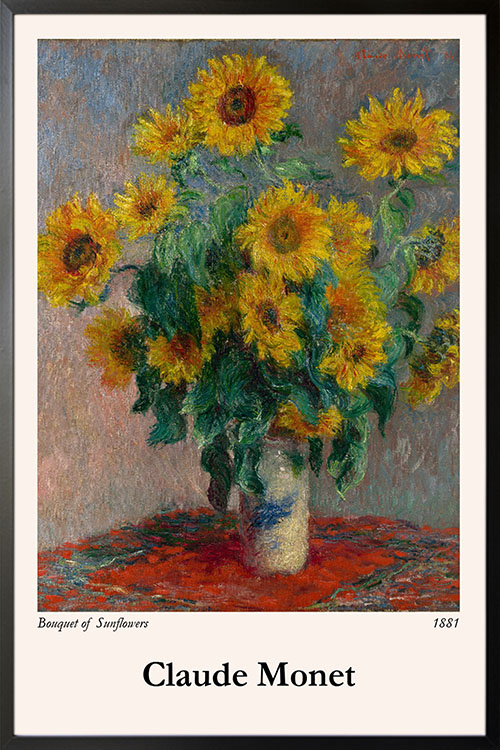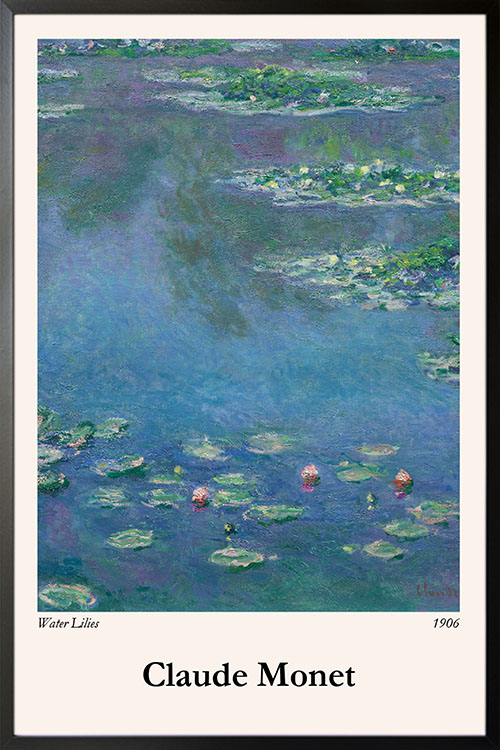
Claude Monet was a French painter and the founder of Impressionist painting which is known to have great influences on modernism. He expressed the philosophy of Impressionism through his paintings of nature and the outdoor. As an Impressionist artist, one should have a wide understanding of the effects of light on the local color of objects and the effects of colors with each other. He made light the focus of his paintings. Oftentimes, he would complete a painting in one sitting and demonstrated how light altered color and perception of reality.
The water lily series
Monet mainly used his garden in London as his subject. Included are the water lilies, their pond, and bridge. The Water Lilies was a significant moment in the life and career of Claude Monet. It involves a huge number of paintings and drawings from around the garden of the artist. The series has captured the beauty, fragility, and radiance of nature. There are 250 individual paintings that were created during the last 30 years of his life.
By viewing the series, one can see the subtle changes that take place in the natural world as well as the artist. This makes the Water Lilies series popular and unique. The paintings show the passage of time, the aging process, and the impermanence of light. Many people have scrutinized his works, yet they still became influential to other styles and forms. Here are some facts about the series that you will find interesting.
- Water Lilies and the Starry Night by Vincent van Gogh are the most iconic images of Impressionism.
- The first series (25 canvases) of Water Lilies was exhibited at the Galerie Durand-Ruel in 1900. Nine years later, the second series with forty-eight canvases were exhibited. He considered his Water Lily series as an obsession that he kept on working with them until his old age.
- Monet focused more on the surface of the water. The sky or land was included only as reflections.
- The water lilies were planted by Monet before he painted them. He arranged his property in Giverny as though it were a huge painting and later said that his finest masterpiece was his garden.
- One of the loyal supporters of Monet, Prime Minister Clemenceau, urged the artist to work on a larger project. The project was for a set of large canvases depicting water lilies that would be displayed together.
- At the age of eighty-two, Monet discovered that he has a cataract and scared the artist. Monet then wrote, “I realized with terror that I could see nothing with my right eye. A specialist… told me that I had a cataract and that the other eye was also slightly affected. It’s in vain that they tell me it’s not serious, that after the operation I will see as before, I’m very disturbed and anxious.” He was operated on thrice in 1923 to correct his eye. The reds and yellows of the Water Lilies indicate that the sight of Monet has been impaired. However, the combination of colors and light created an emotive effect.
- The series opened the path to abstract painting. His works have greatly influenced the world of art. He set a precedent for later artists, particularly the Post-impressionist, Expressionist, and abstract-expressionist movements.
- The Water Lilies Series in the Orangerie, Paris is the last series that Claude Monet worked on before he died.
